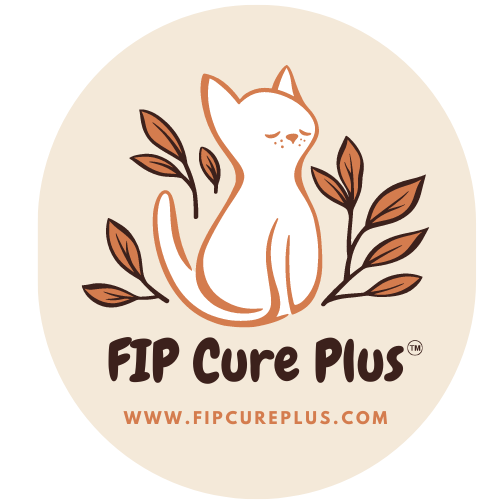Top FIP Treatment Tablets for Cats: What You Need to Know
Share
Top FIP Treatment Tablets for Cats: What You Need to Know
Feline Infectious Peritonitis (FIP) used to be one of the most feared diagnoses for cat owners. But today, thanks to antiviral treatment tablets, many cats are making full recoveries. If you’re exploring tablet-based FIP treatment for your cat, this guide will give you a clear overview of what you need to know.
What Are FIP Tablets?
FIP treatment tablets contain GS-441524, an antiviral compound that works by blocking the virus from replicating inside the cat’s body. These tablets are given orally and are a preferred choice for many pet parents due to their ease of use and effectiveness.
Why Choose Tablets Over Injections?
- Convenience: Tablets can be given at home, without the need for daily vet visits.
- Less stress for the cat: No needles, no pain—just a quick oral dose.
- Effective results: When dosed correctly, tablets can be just as effective as injections.
Key Things to Know Before Starting Tablet Treatment
1. Correct Dosage is Crucial
The right dosage depends on your cat’s weight and the type of FIP (wet, dry, or neurological). It’s essential to follow a trusted dosing guide and consult with experts for proper calculations.
2. Consistency Matters
The treatment period typically lasts 84 days. It’s important not to miss doses, and tablets should be given around the same time each day.
3. Tablet Strength and Purity
Always choose high-purity GS-441524 tablets from a reliable provider. Impure or low-quality tablets can delay recovery or cause resistance.
4. Empty Stomach Rule
Tablets should be given on an empty stomach, ideally 1–2 hours before or after meals to ensure full absorption.
Signs of Improvement During Treatment
Many cat owners report visible improvement within the first 7 to 14 days of treatment:
- Increased appetite
- Better energy and movement
- Weight gain
- Reduced fever
However, some cases—especially neurological or ocular FIP—may take longer to show progress.
Support and Monitoring
FIP treatment requires ongoing care and observation. It’s helpful to track your cat’s:
- Weight changes
- Energy levels
- Appetite
- Lab results (bloodwork every 4–6 weeks is ideal)
Working with a knowledgeable support team can make a big difference in your cat’s recovery journey.
Final Thoughts
Oral FIP treatment tablets have changed the game for feline medicine. With proper dosing, consistency, and the right support, many cats are not only surviving FIP—they’re thriving.
If you’re looking for trusted FIP tablets and expert guidance, we’re here to help. At FIP Cure Plus, we’re committed to supporting you and your cat every step of the way.
